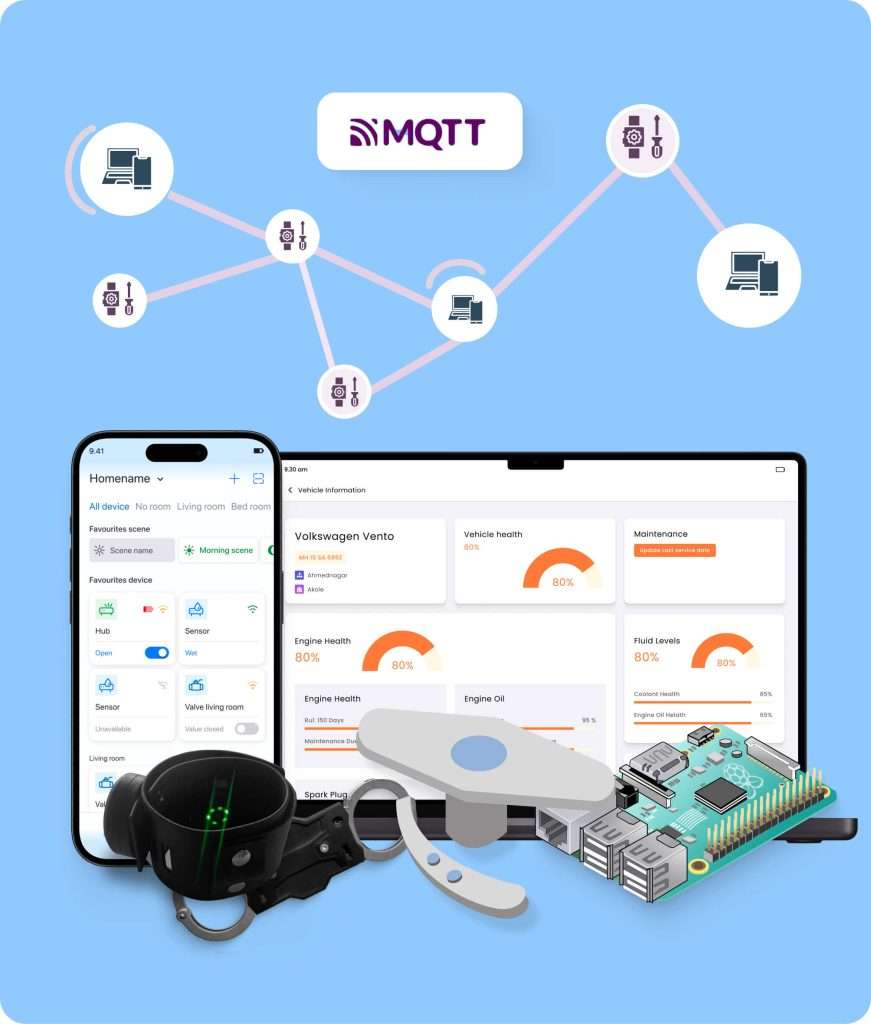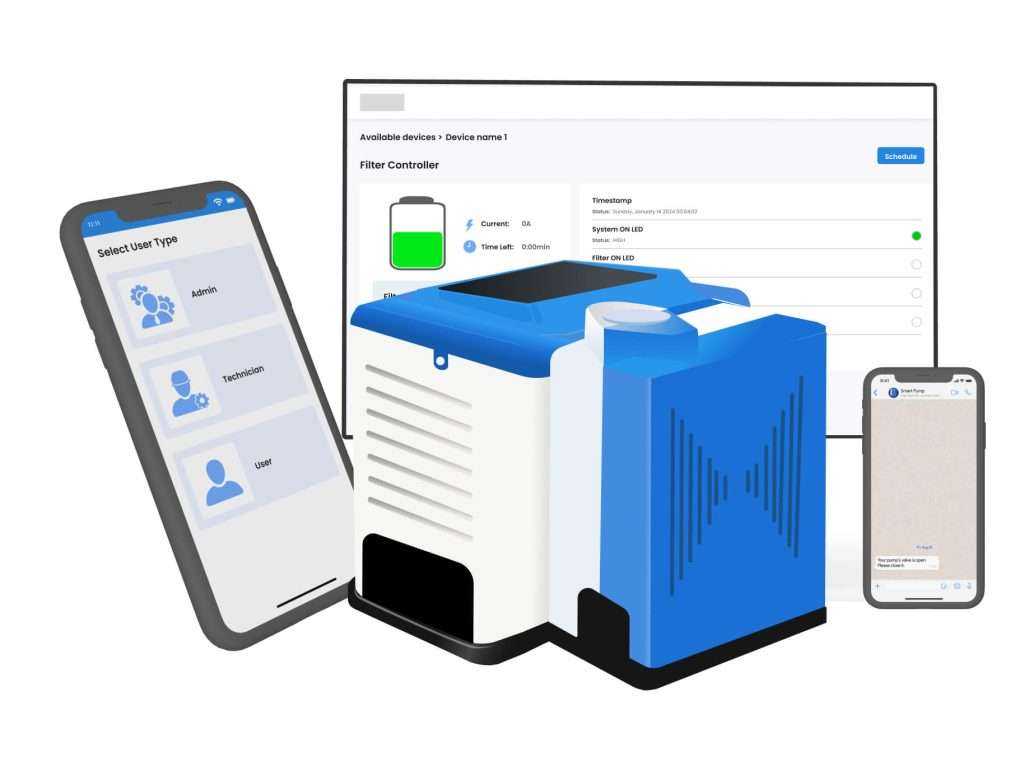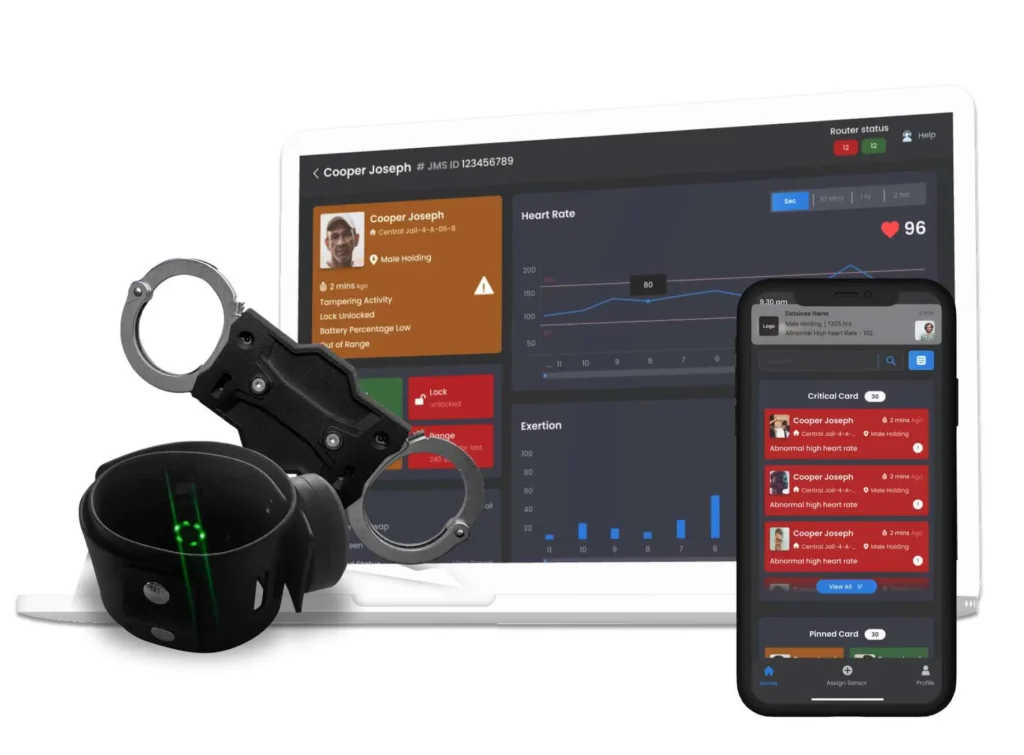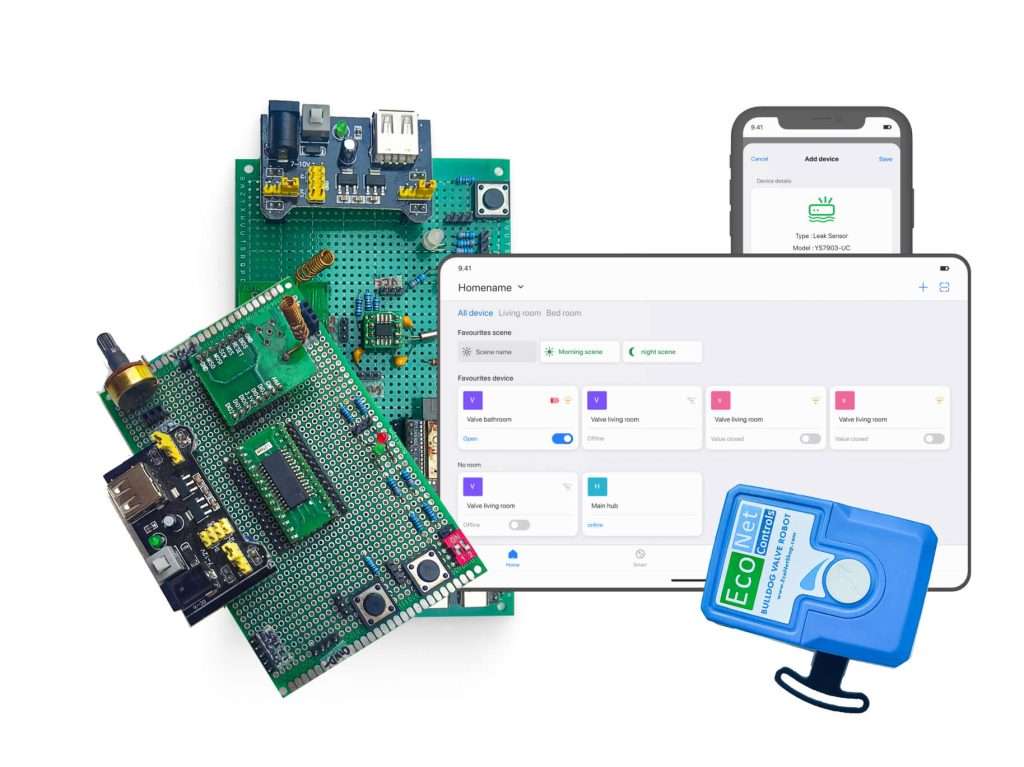MQTT Protocol
The MQTT protocol (Message Queuing Telemetry Transport) is a lightweight messaging protocol designed for efficient, real-time communication across IoT networks. Our extensive experience with the MQTT protocol powers real-time data transfer across diverse IoT applications such as smart valves, smart handcuffs, smart home solutions, and telematics for government projects.
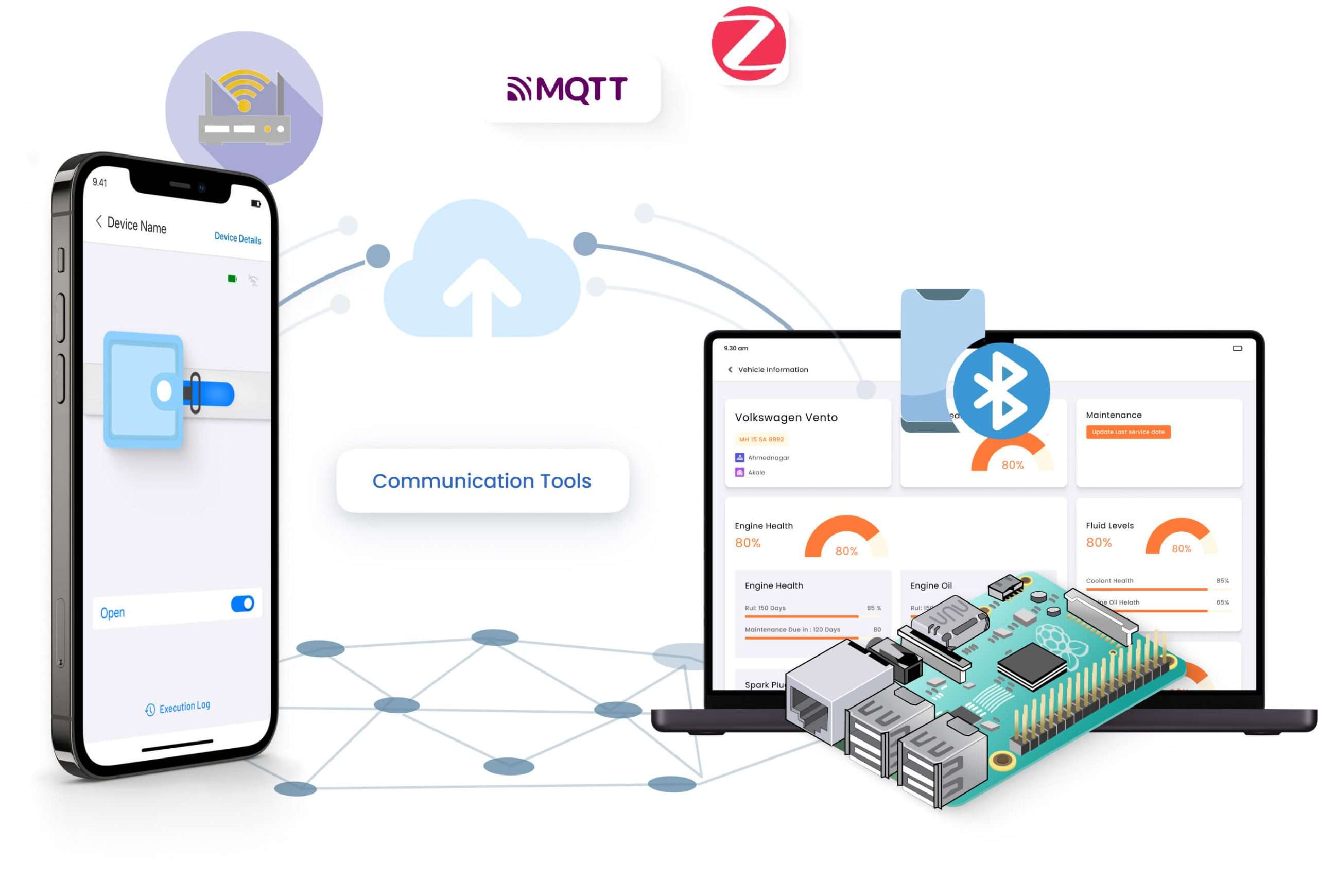
Our MQTT Expertise Across Projects
Used MQTT to transmit key data including filter status, current readings, device heartbeat , firmware version, system LED status, remaining time, and user information.
Using MQTT in our smart handcuffs project, we enabled secure transmission of health vitals, GPS location, and tamper alerts, ensuring continuous, reliable monitoring of prisoner health and location data.
For the Econet smart home project, we implemented MQTT for real-time leak detection and monitoring of smart home devices for efficient data transmission between sensors and the serve
We implemented MQTT for data transmission from GPS modules, engine diagnostics, and OBD2 sensors using Raspberry Pi devices.
Why MQTT? Key Advantages of the Protocol
Low Bandwidth Consumption
MQTT’s low-bandwidth efficiency makes it ideal for IoT, especially in remote monitoring and smart agriculture with battery-powered devices.
Real-Time, Bi-Directional Communication
Real-time data transfer is vital for applications like predictive maintenance. MQTT’s bi-directional communication ensures instant data exchange, essential for automation and healthcare.
High Reliability with QoS (Quality of Service)
MQTT’s QoS levels ensure reliable message delivery, even on unstable networks—crucial for mission-critical IoT in healthcare and industry. It also supports scalability for large IoT networks.
Scalability for Large-Scale IoT Networks
MQTT’s publish/subscribe model supports numerous devices with low network impact, making it ideal for scalable IoT projects like smart cities, fleet management, and environmental monitoring.
Energy Efficiency for Battery-Powered Devices
With low overhead, MQTT is ideal for battery-powered IoT devices, enhancing efficiency and lifespan—key for smart agriculture and remote monitoring where recharging is challenging.
Applications of MQTT in IoT Solutions
Smart Cities and Urban Infrastructure
In smart cities, MQTT enables real-time data exchange for applications like air quality monitoring, traffic management, and waste management optimization.
Industrial IoT and Predictive Maintenance
MQTT enables reliable data delivery in industrial IoT, supporting real-time machinery health monitoring, anomaly detection, and predictive maintenance to boost efficiency.
Healthcare IoT and Remote Patient Monitoring
In connected healthcare, MQTT supports real-time patient monitoring through wearables and remote systems, transmitting vital data like heart rate and oxygen levels.
Smart Home Automation
MQTT powers smart home IoT by enabling real-time control and data sharing for devices like thermostats, lights, and security cameras, enhancing convenience and efficiency.
Fleet and Asset Tracking in Supply Chain Management
In logistics, MQTT enables real-time asset and fleet tracking, monitoring location, speed, and condition to enhance security and efficiency in supply chains.
Advanced MQTT Capabilities for IoT Integration
Edge Computing for Local Data Processing
Multi-Protocol Interoperability for Diverse IoT Environments
Enhanced Security with TLS Encryption and Authentication
Cloud Connectivity for Scalable IoT Systems
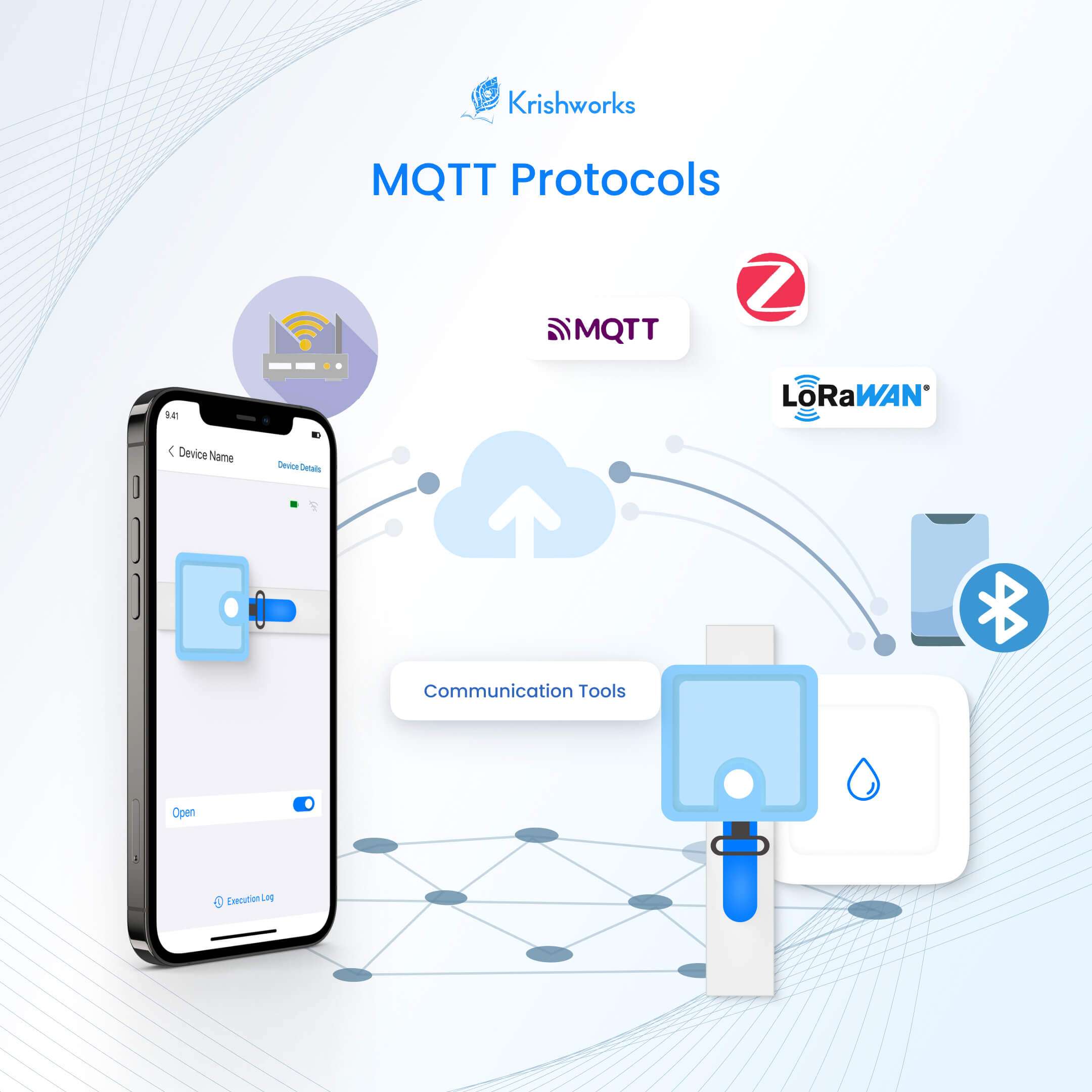
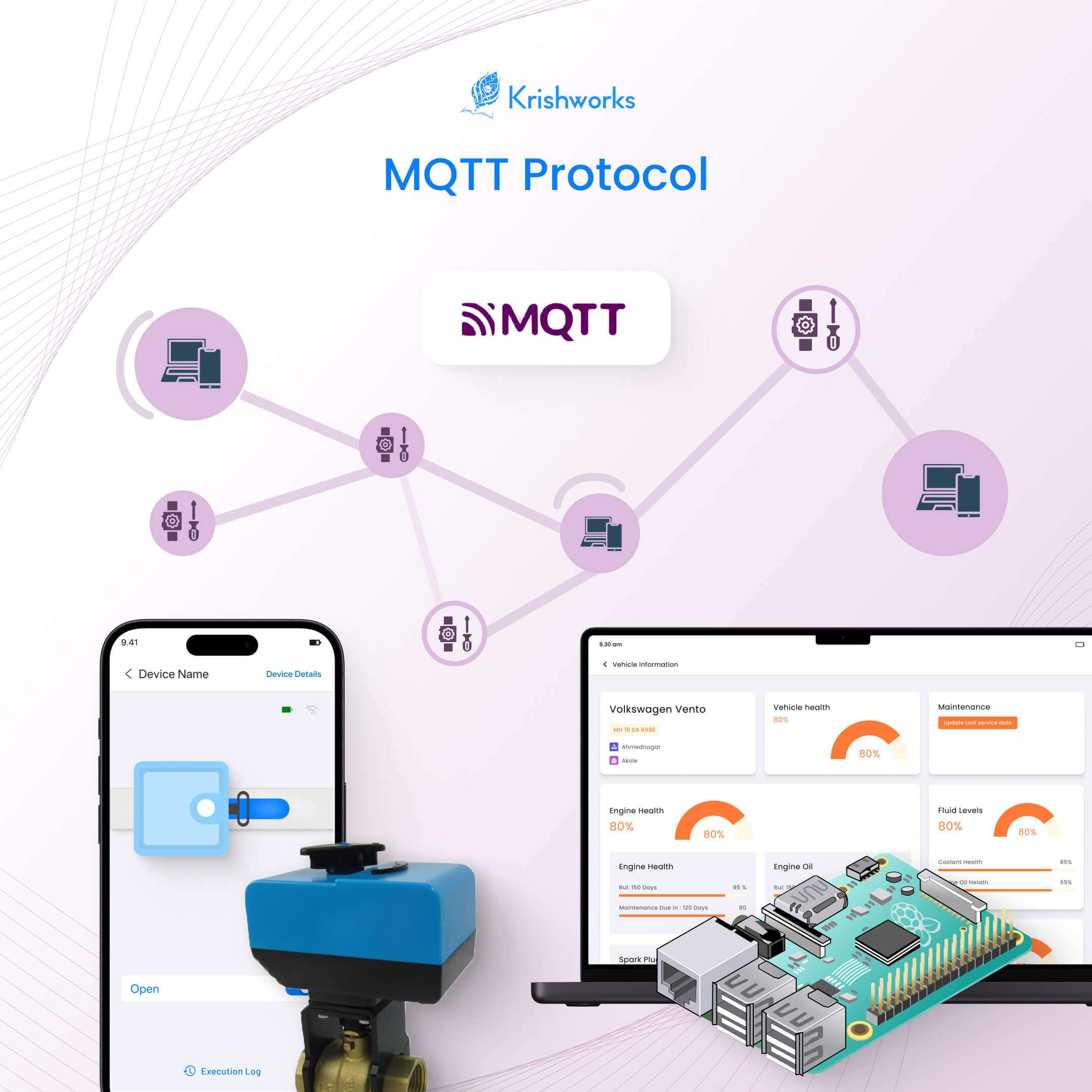
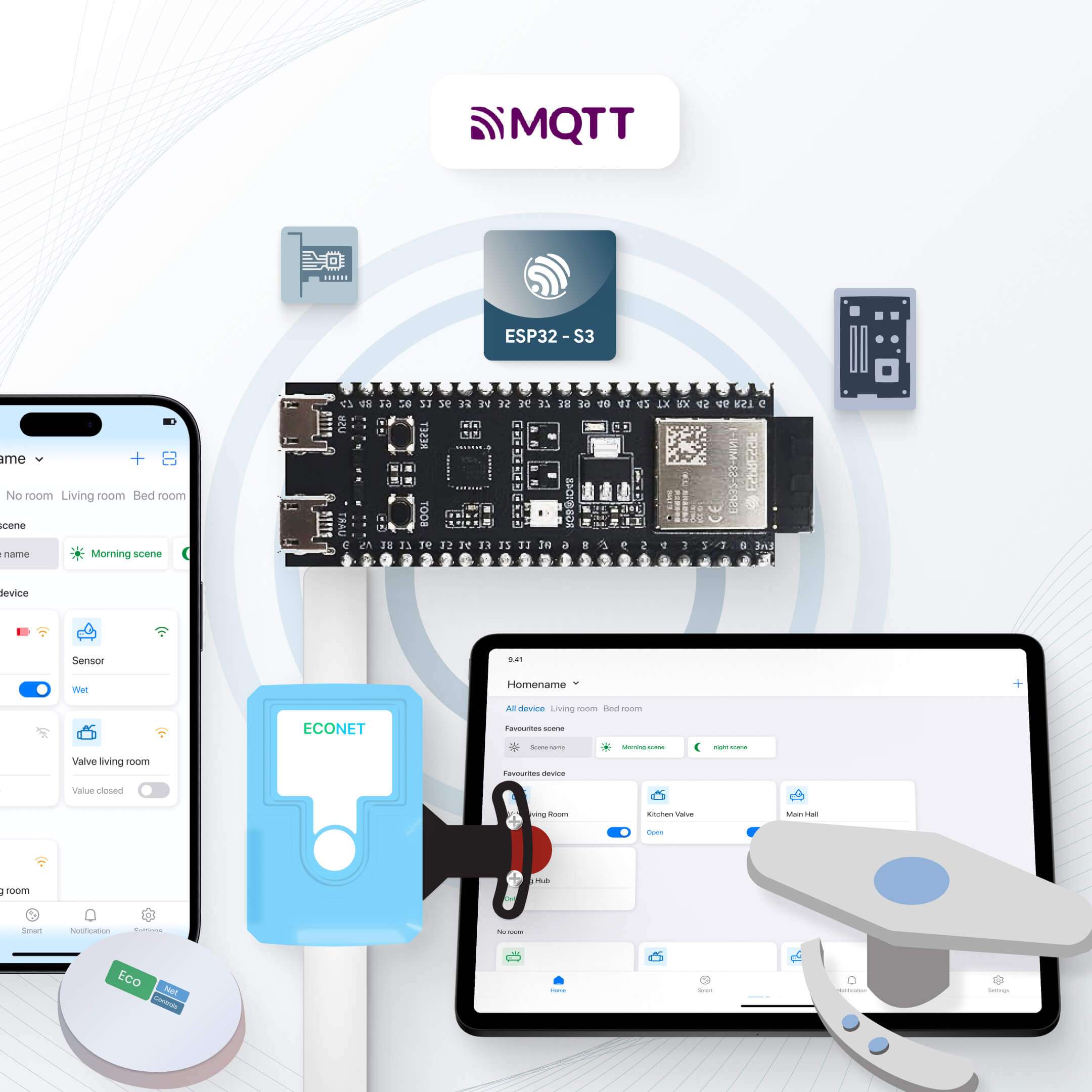
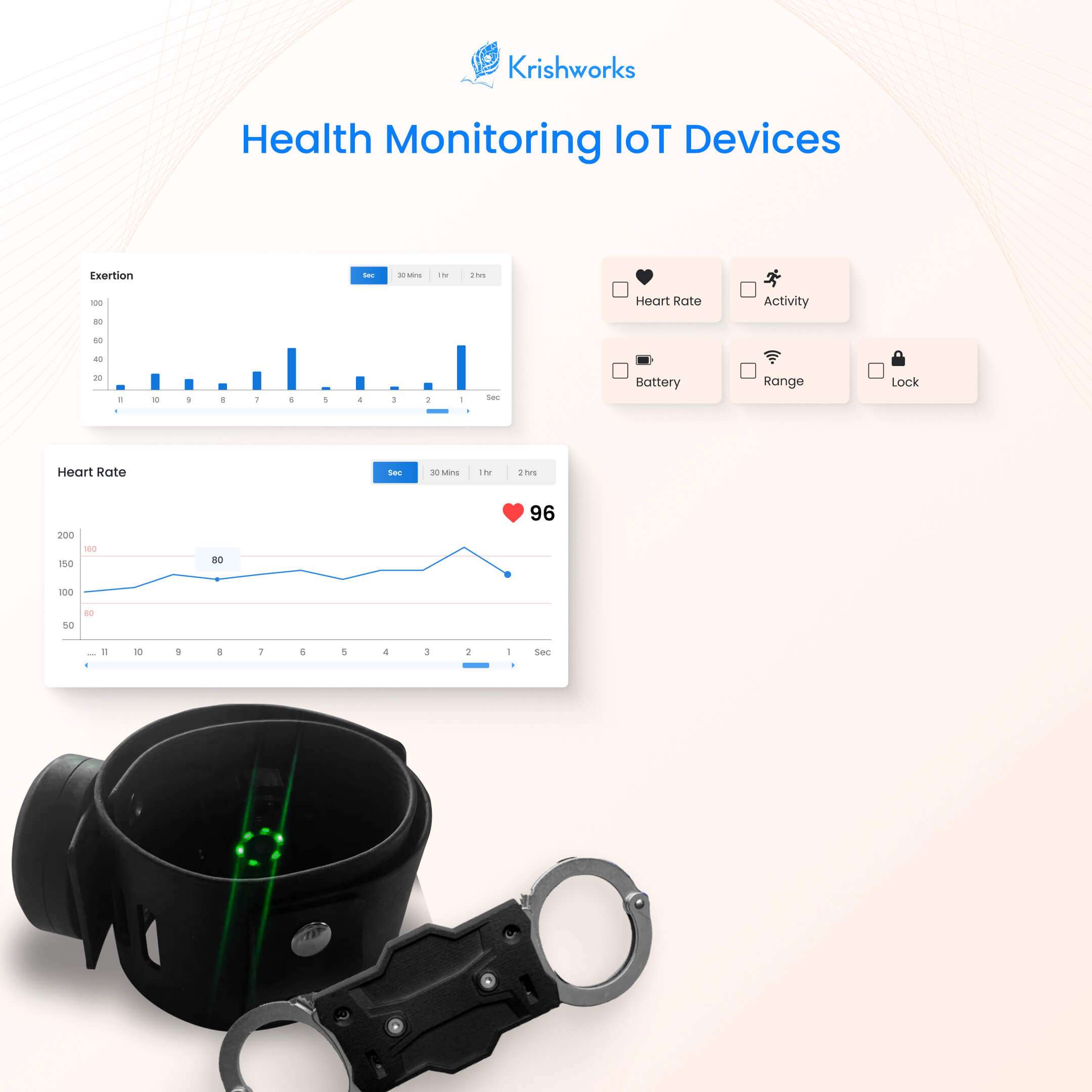
Why Choose MQTT for IoT Solutions? Key Advantages
- Low Bandwidth Consumption
- Real-Time, Bi-Directional Communication
- High Reliability with QoS (Quality of Service)
- Scalability for Large-Scale IoT Networks
- Energy Efficiency for Battery-Powered Devices
